CardioNerds: Dr. Chris Anthony on CMR-based Surveillance for ACAR
By Rob Dillard - Last Updated: March 31, 2023Recently, CardioNerds correspondent Devesh Rai, MD, spoke with Dr. Chris Anthony, cardiology fellow at Heart and Lung Transplant Unit, St. Vincent’s Hospital, and Victor Chang Cardiac Research Institute, Sydney, Australia about a new proof of concept study. Dr. Anthony was the lead investigator on a pilot analysis, published in Circulation, which assessed the viability of cardiovascular magnetic resonance (CMR)-based surveillance for acute allograft refection (ACAR)-based myocarditis following heart transplantation.
Dr. Devesh Rai: Hello, everyone. My name is Devesh Rai. I’m a first year cardiology fellow at Rochester General Hospital, and I’m a CardioNerds Academy faculty and director for CardioNerds Journal Club. I am pleased to be here with Dr. Chris Anthony, cardiology fellow at Heart and Lung Transplant Unit, St. Vincent’s Hospital, and Victor Chang Cardiac Research Institute, Sydney, Australia. Dr. Anthony is an accomplished researcher with an interest in the field of cardiac imaging. Thanks for being here with us, Dr. Anthony.
Dr. Chris Anthony: All right.
Dr. Devesh Rai: And congratulations on your recent proof of concept paper in Circulation regarding the role of cardiac magnetic resonance imaging for rejection surveillance after cardiac transplantation. It is a very interesting study, and reading the manuscript shows the amount of effort gone into conducting this study. The study essentially has two parts, an essential observation studies or validation cohort, which enrolled 33 post-transplant and 33 healthy patients. And this was done in 2014 to ’15. So I’ll come to my first question. Please share with us how this proof of concept idea initially started, and why is this very important for our patients with heart transplantation?
Dr. Chris Anthony: Thanks very much, Devesh, and thanks for the opportunity to share our research with your listeners. The proof of concept came about when we looked at MRI as a modality that’s very, very sensitive and specific at detecting myocardial edema. As you may or may not know, allograft rejection or heart transplant rejection is an immune-mediated process. It’s usually a T cell-mediated process or a humoral antibody-mediated process. And the common pathway irrespective of the immunological type of rejection is myocyte edema. So if you’ve got a highly sensitive and specific method or scheme or modality that can detect edema, the concept of the thought process behind it was how do we marry cardiac MRI and the different MRI techniques to evaluate edema in the heart with detecting a process like heart transfer rejection, which the end point is significant myocardial edema.
Dr. Devesh Rai: That’s amazing. So that shows how cardiac imaging and how and heart transplant goes. And essentially, heart failure, advanced heart failure, goes hand-in-hand to find these patients. So the results was definitely interesting. And you and your group worked on developing a cardiac MRI-based multiparametric assessment. This multiparametric assessment include a cardiac MRI-specific characteristic and lab values as well. So how did your group came up with the variables used to assist for acute cardiac allograft rejection, and how did this multiparametric assessment compare to the conventional endomyocardial biopsy?
Dr. Chris Anthony: Yeah, that’s a great question. So T1 and T2 mapping, which is a specific MRI-based computer generated map that allows one to detect fibrosis, so scarring, and also edema, is very validated across a myriad of myocardial pathologies, be that scar, fibrosis, or edema. So what we decided to utilize was generalized sequences, for example, a Molli sequence, which is very widely used to generate T1 maps, a general turbo spin echo type sequence to generate T2 maps, and try and compare that directly in our validation phase to the endomycardial biopsy results for rejection.
Dr. Chris Anthony: In all transplant programs in the first year, what they have is basically a screening period or a screening phase in the first 12 months post-transplant, which is the highest incidence of rejection for patients post-transplant. What we did was we set up the validation phase where we basically randomly selected patients. As you mentioned, there was 33 patients in the control group of transplant recipients, 33 normal controls as well. So we had no issues with regards to establishing normal cutoff points, which is a key concept with regards to coming up with a multiparametric method to assess for elevated values or edema. And we compared that to the gold standard. So this was a imaging compared to histopathological diagnosis type validation study.
Dr. Chris Anthony: Based on that, we found that the degree of accuracy for both T1 and T2 were significant. We are reaching close to 85 to 90% sensitivity and specificity to assess for significance. So at least create 2R rejection in our cohort, and this has basically been reproducible across multicenters and multiple scanner types across the world. There’s been at least 11 studies. And there was a beautiful meta-analysis that was done last year published in JACC Imaging that again demonstrated that if using T1 or T2 mapping or even ECV mapping and late gadolinium enhancement, you get very good correlation to biopsies. So I think they had about 276 comparisons, and the sensitivity and specificity for T2 mapping was found to be the most closely related, so about 85 to 90%, to the histopathological diagnosis of rejection on biopsies.
Dr. Chris Anthony: So this isn’t really something that we’re picking out of the blue. There’s been a good lineage and a good history of validation across the board, across scanners, across centers, and across sequences. And we just were able to utilize our validation study. And we’re the first group in the world to actually use the results, use our thresholds that were developed from that validation phase for the detection of rejection, and then compare in a randomized outcomes fashion one-to-one a CMR-only strategy versus the traditional biopsy-only strategy.
Dr. Devesh Rai: Wow. That’s just amazing. I’m just trying to understand how the timeline went from the starting to the end, and how you guys were able to enroll patients and do a prospective study comparing CMR to that of the biopsy study, and in a randomized fashion, to show that both are almost equal and to the 90% accuracy almost. So the results are definitely promising, for sure. And this has been called by multiple people that CMR could be considered as a virtual biopsy. So what are the next steps for validation and implementing the results of this study on large-scale parameter or parameters?
Dr. Chris Anthony: Yeah, absolutely. So I think our study is the key seminal proof of concept study, that once you conduct basically a validation phase within your own center, i.e. establishing what your normal control values are for your T1 mapping T2 mapping sequences. And once you establish what your cutoffs are for actually significant rejection and intermediate phase rejection, you can then safely compare that to a traditional biopsy-only based strategy.
Dr. Chris Anthony: The next stage would obviously be a randomized outcome study in a multicenter type setting, across scanner types, and across vendors, and also across mapping sequences. Now, the challenge here is that obviously, there’s high variability, just like strain, for example, with echo, with regards to vendors and software, et cetera. But the key is trying to generate what your norms are based on your specifications, your field strength, your software, et cetera, and then establishing your thresholds and cutoffs, and then prospectively analyzing outcomes on a one-to-one randomized fashion. So that’s the next step where we are going to head towards, hopefully a multicenter, monthly country registry type setting study where we establish the normal thresholds for patients across scanner types, establish pathological thresholds across scanner types, and then conduct a randomized phase across centers.
Dr. Devesh Rai: Wow. That will be amazing to see, a study of this significance, of this large scale, to see, or a large scale across multicenter, multicountry basis. So thanks for sharing your time and expertise with us, Dr. Anthony. Congratulations once again for this proof of concept study, and I’ll look forward to your next study in this area and further more studies.
Dr. Chris Anthony: Oh, fantastic. Thank you very much for the opportunity.
Devesh Rai: Thank you.

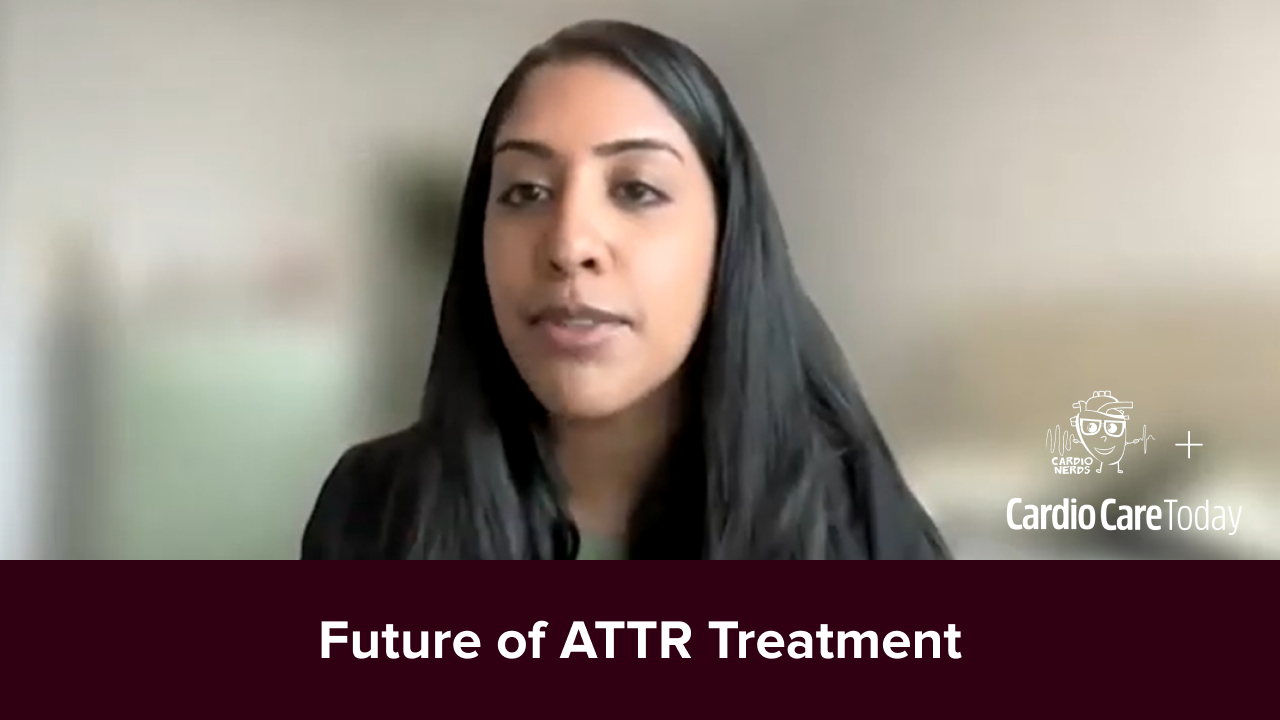
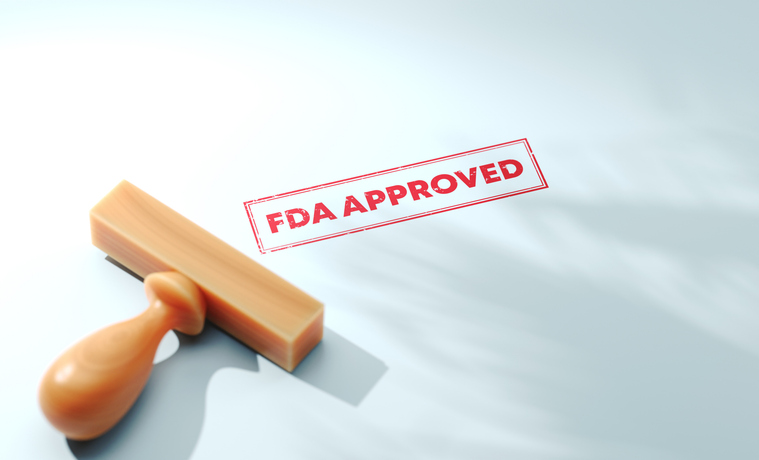
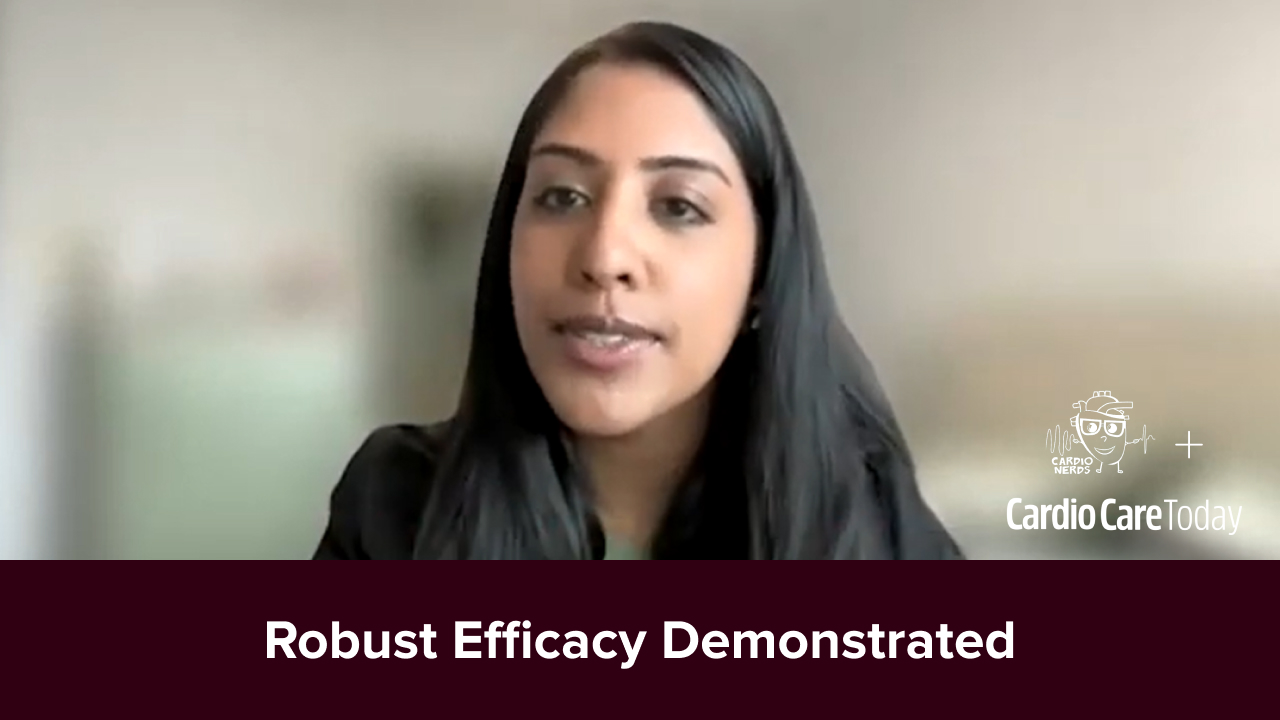
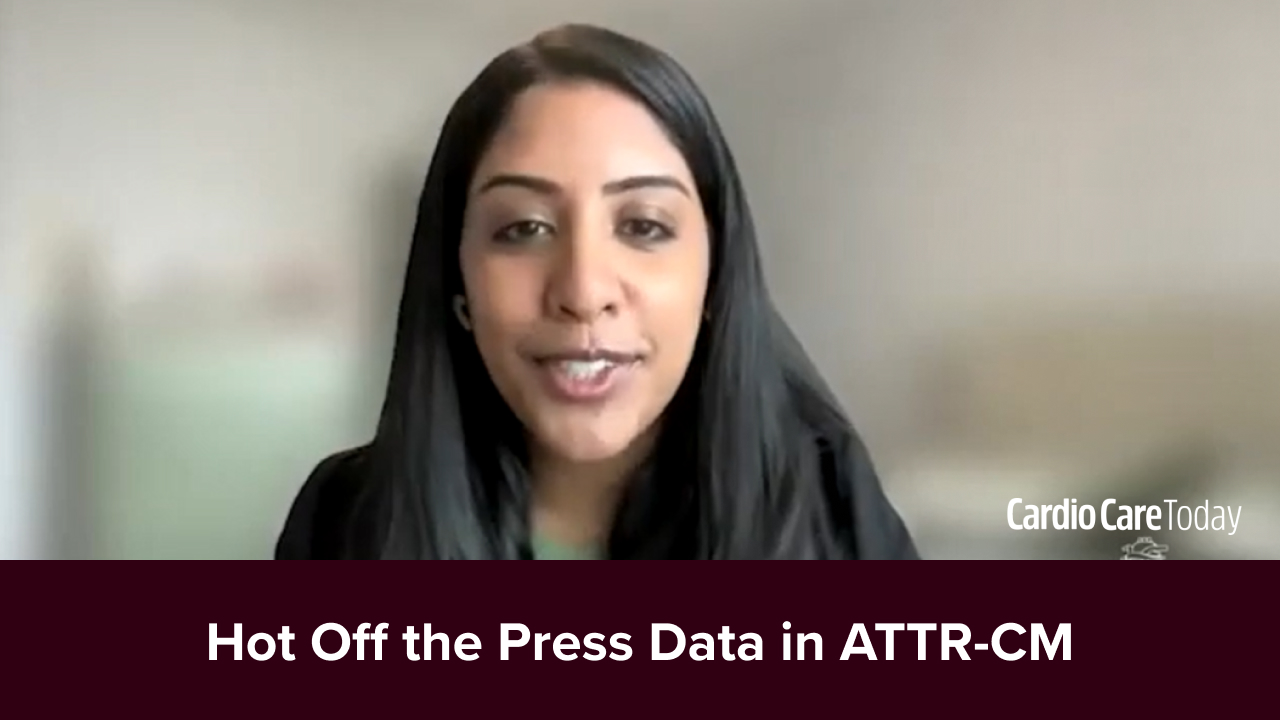
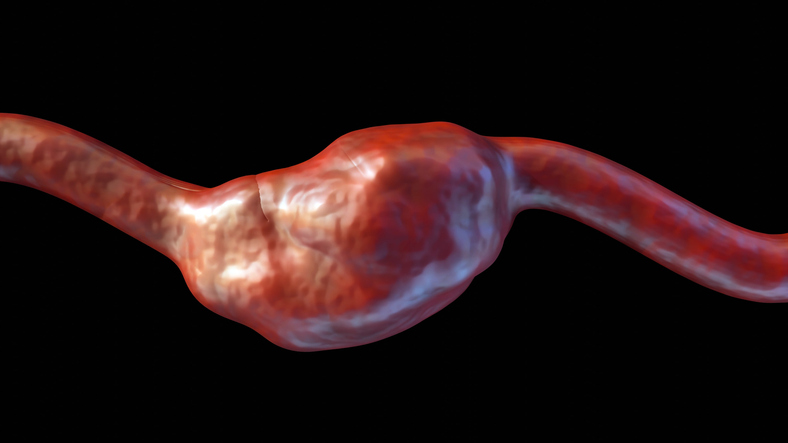

 © 2025 Mashup Media, LLC, a Formedics Property. All Rights Reserved.
© 2025 Mashup Media, LLC, a Formedics Property. All Rights Reserved.